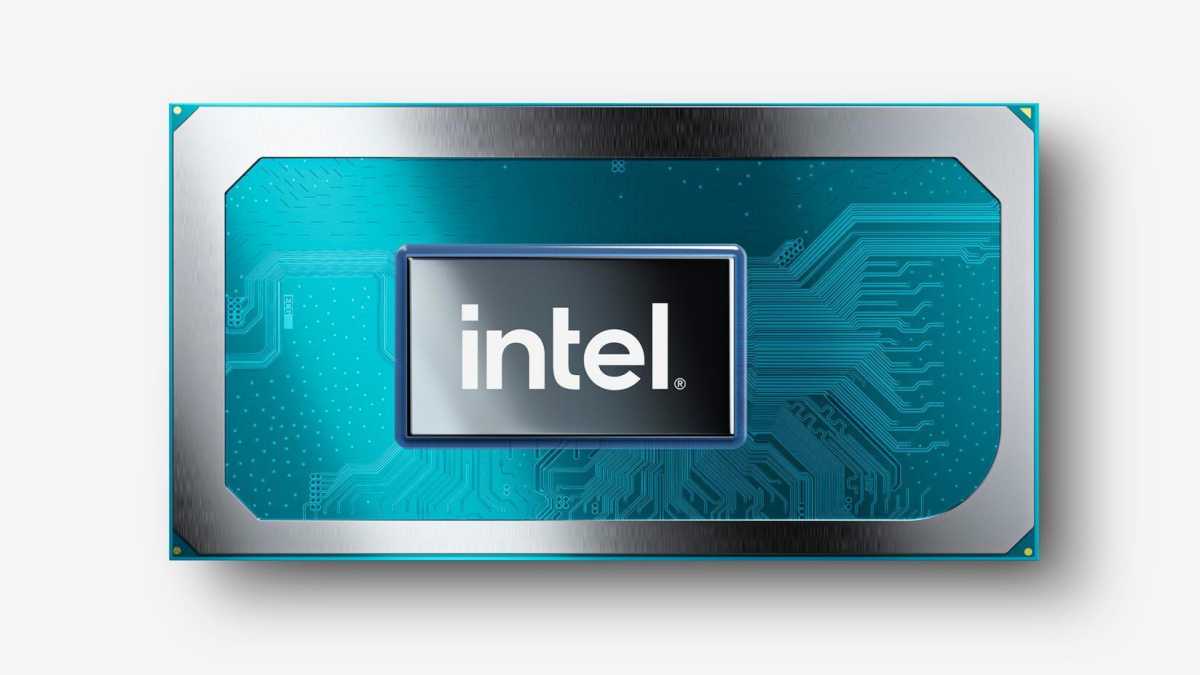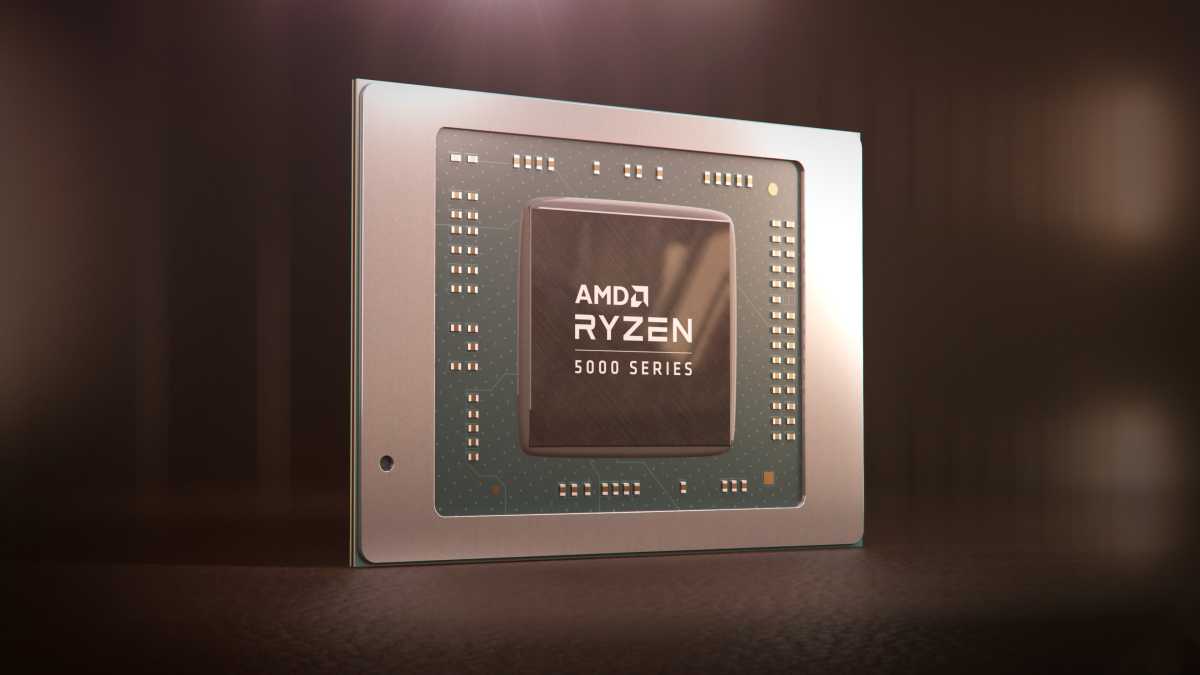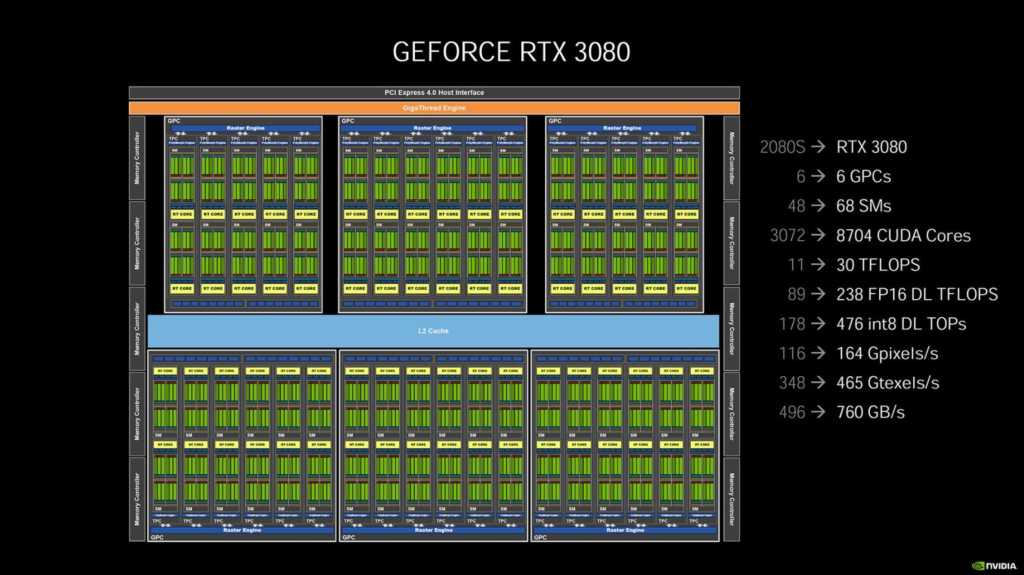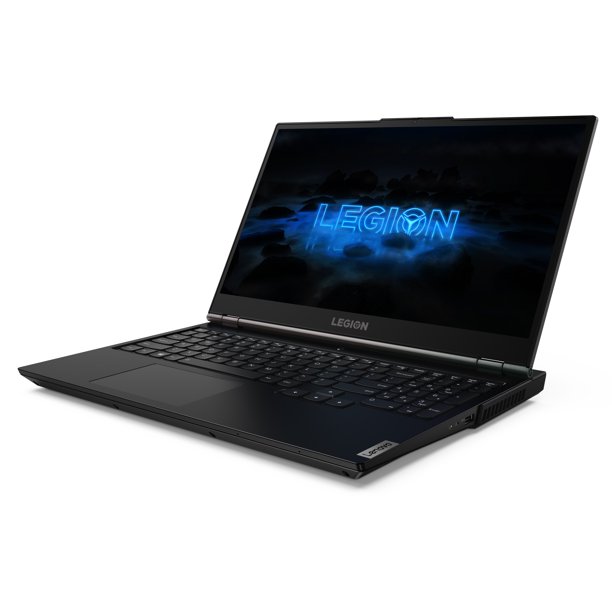Laptops are complicated, holistic pieces of machinery. Everything from the display to the keyboard to the internals matter. But the CPU and GPU are the engines that drive everything else. With laptop deals expected to be in short supply this holiday season, you won’t have leisurely moments to search your phone for every single component in a laptop that catches your eye. To help you prepare to get the best bang for your buck in the shortest amount of time, we’ve distilled tens of thousands of words and the hundreds of hours of laptop testing we’ve completed into this helpful guide on the CPUs and GPUs you should be looking for.
First, for buyers on a strict budget, we recommend you read our guide on how not to get screwed when you’re shopping for an affordable laptop. Second, we suggest you bookmark or at least scan this story for the areas you’re concerned with before you buy a new laptop. Third, once you’ve picked out the portions you care about from this story, keep a close eye on our best laptop deals guide, which we’re updating daily with the latest sales on notebooks that truly are deals, rather than dressed-up duds. Our guide to the best laptops can also help you find the cream of the crop when it comes to notebooks.
With that said, here’s everything you need to know about picking the right CPU and GPU for your laptop. To make things go even faster, we’ve bolded the important parts you should pay attention to.
8 cores vs. 6 cores vs. 4 cores
The biggest revolution in laptop CPUs are more cores than ever before. The truth is, not everyone needs all of those cores, so ballooning core counts have somewhat become the “megahertz myth” of today. How many cores you need depends very much on what you do. If you use your laptop for “general” uses like web browsing, Microsoft Office tasks, and watching videos with some light-duty photo editing on the side, you probably don’t need more than four cores. If you do video editing, are an advanced Microsoft Excel user, create 3D models, or compile code on your laptop, you may indeed benefit from more cores.
So beware people saying that “you need more cores” because the truth is most people don’t. To be honest, for what most people do on a laptop, even a dual-core laptop can still work. Our recommended sweet spot for an ultraportable laptop is four cores, while the sweet spot for more powerful laptops is six-cores.
Intel vs. AMD
Both AMD and Intel offer phenomenal modern laptop CPUs, each with their own strengths and weaknesses. If your choice is between the newest (11th-gen) Intel CPUs or AMD CPUs (Ryzen 5000-series), you basically can’t lose with either for what most people do on a laptop, so make Intel vs. AMD largely a secondary concern below a better graphics chip or better screen. We’ll say that again: Between Intel’s 11th-gen and AMD’s Ryzen 5000—you can’t make a mistake. As you browse deals, Intel-based laptops typically have the most premium options and outnumber AMD offerings, while AMD-based laptops tend to give you more bang for the buck. We often find AMD laptops usually have either more features or a lower price versus a comparable Intel laptop.
CPU classes: H vs. U/G
The letters H, U, or G in a CPU’s model name denote whether the CPU is a higher-performance chip (H) typically found in larger laptops, or an ultra-low power consumption chip (U or G) typically found in very thin and light laptops. For example: Core i7-11900H or Ryzen 7 5800U or Core i7-1165G7. An H-class chip can offer more performance for gaming, photo editing, video editing, and other intensive tasks. A U-class or G-class chip usually means less weight and longer battery life—at the cost of raw performance. One thing to note: Paying for an H-class chip and not using that performance is a bad return on investment. And while H-class chips can be faster under intensive loads, in browsing or productivity they are almost indistinguishable from other CPUs.
AMD also offers HS versions of its chips, such as the Ryzen 7 5800HS, which are sits between a U-class chip and H-class chip in performance. These are a good compromise for someone who wants a little more performance with a little more weight. TLDR: If you’re a gamer or need high performance all the time, take the weight penalty of that H- or HS-class CPU. For everyone else, it’s really a question of what else comes with that chip in the laptop.
High-end CPUs: K vs. X
AMD and Intel also offer their highest-end CPUs with an additional K or X in the CPU name, such as Core i9-11980HK or Ryzen 9 5900HX. For those chasing the absolute best performance in a laptop, those letters tells you they are the fastest out there. Keep in mind that while they may be the fastest in tests, the average person may not be able to feel it in actual use. Both can be “overclocked” which means the chip can be run beyond its rated speed, but few consumers ever do this. If you’re on the hunt for the most performance—at a premium price—the K or X in a model tells you it’s probably a high-end model laptop and CPU. For those chasing ultimate power, it’s a good thing to look for, but everyone else can skip it.
Intel Core i9 vs. Core i7
Generally, Intel’s Core i9 models aren’t worth the extra price you’re paying for it, especially when you’re choosing between an eight-core Core i9 or an eight-core Core i7 CPU. Make no mistake, Core i9 often provides the most performance due to higher clock speeds and other technical advantages, but for most people, the return on investment probably isn’t there. If you do want to pay for the premium experience, Core i9 is indeed the best you can get, and it comes with less confusion. For example, Core i9 laptop CPUs are only available with eight-cores, whereas the Core i7 lineup offers options with with eight, six, and four-cores. But let’s be honest: Most average people and even most average gamers don’t really need to pony up for the Core i9.
Intel Core i7 vs. Core i5
Considering only Intel’s 11th-gen chips, we’d say it probably doesn’t matter that much between a 6-core Core i7 and a 6-core Core i5. The Core i7 does get the advantage of higher clock speeds but it’s likely not enough to matter to most people. Yes, there is indeed a real performance difference, but you probably won’t be able to tell in everyday tasks. Some Core i7 models do give you 8-cores instead of the maximum of 6-cores from the Core i5, but as we said earlier—if you don’t use apps that need 8-cores in a laptop it won’t matter. We can safely say if you can get, say, a 6-core Core i5 with other features you want in a laptop, go for it and don’t sweat the Core i7.

Intel
Intel Core i5 vs. Core i3
This may sound like a broken record, but most people browsing, using Office, or doing taxes likely won’t feel much of a difference between an 11th-gen Core i5 or an 11th-gen Core i3. Intel doesn’t currently offer a Core i3 in H-trim, so we’re talking only the ultra light laptop categories. Where Core i5 does have an advantage is in its integrated graphics. A Core i5-1135G7, for example, gives you the same integrated graphics as Intel’s best Core i7. If you intend to do anything graphically intense, paying for a Core i5 laptop with G7 graphics will pay a lot of dividends. But for what most consumers do with an ultra light laptop, a Core i3 will work fine.
Intel 11th-gen vs. 10th-gen
This question applies two ways: in heavier H-class laptops and ultra-light U-class laptops. In a light laptop, Intel’s older 10th-gen chips are still kicking around and aren’t bad chips for everyday use but an 11th-gen chip is newer, faster and generally preferred. An 11th-gen chip tells you the laptop is probably newer and a little more premium since the older 10th-gen chips are mostly used in lower-cost laptops these days. An 11th-gen Core CPU with a G7 in its model number (such as Core i7-1165G7) will offer a far better gaming experience on its integrated graphics, but for everyday use, the 10th-gen will work.
For a heavier H-class laptop, the 11th-gen chips are significantly better than the older 10th-gen H-class CPUs, so it’s preferred for all things that require a fast CPU. One caveat to this is for gamers. While the 10th-gen H-class CPU is inferior to the 11th-gen H-class, most games don’t care about the CPU—they mostly want a fast GPU. So if it’s a question of a gaming laptop between a GeForce RTX 3070 with a 10th-gen CPU or a GeForce RTX 3060 laptop with an 11th-gen CPU, the generally faster gaming laptop will be one with the faster GeForce RTX 3070 GPU.
Intel 10th-gen vs 9th-gen
This question mostly applies to heavier gaming laptops where you’ll still find a lot of 9th-gen CPUs on offer. The short answer is it mostly doesn’t matter what CPU you get as the laptops are otherwise very similar. The 10th-gen models give you more options of up to 8-cores, vs the 9th mostly being limited to 6-cores. If you need more cores, buy the 10th-gen laptop. If you want to mostly play games, once again prioritize the GPU over the CPU. For example, if you’re looking at a 10th-gen laptop with a GeForce GTX 1650 Ti vs. a 9th-gen laptop with a GeForce GTX 1660 Ti (bigger numbers for the GPU mean more performance), go for the bigger GPU.
AMD Ryzen 5000 vs. Ryzen 4000
AMD’s Ryzen 5000 lineup is preferred and mostly what you’ll find out there. AMD’s Ryzen 5000 chips were truly game changing CPUs when introduced earlier this year, but they also achieved far broader adoption than Ryzen 4000 chips. That means you’ll likely find better features on Ryzen 5000 laptops, such as better screens and faster GPUs. There are still plenty of Ryzen 4000 laptops around though and our advice is it won’t matter much for most people. Both Ryzen 5000 and Ryzen 4000 CPUs are very good choices in thin and light laptops as well as high-performance notebooks, so grab what suits your budget generally.

AMD
AMD Ryzen 5000 vs. vs. Ryzen 3000
We’re big fans of AMD’s Ryzen 5000 CPUs and we have no reservations recommending one. AMD’s older (and rarer) Ryzen 3000-series doesn’t get the same respect. You’ll mostly find Ryzen 3000 in a thin and light laptop on the budget end of the scale. For most people who browse the web, run Office, and watch YouTube, Ryzen 3000 is fine, although the battery life of Ryzen 3000 is generally lackluster. We’d prefer a Ryzen 5000 or Ryzen 4000 CPU over it though for the better performance and better battery life.
AMD H-series vs. AMD U-series
We mentioned this above, but it’s worth mentioning again: You should consider an AMD H-series or an AMD U-series based on what you do with your laptop. Luckily, they’re the same exact CPUs at their core, so there’s none of the crazy confusion with Intel’s CPUs. The H-series are simply used in larger, more powerful laptops and the U-series is used in ultra portable laptops. If you play games or do intensive tasks, select an AMD H-series. If you stick to lighter everyday stuff, buy an AMD U-series that suits your needs.
AMD Ryzen 9 vs Ryzen 7
Like Intel, AMD’s Ryzen 9 are indeed its fastest CPUs, but on a practical level, the average gamer and consumer likely won’t feel the difference. We’d say skip the Ryzen 9 if a Ryzen 7 laptop with right features and price appeals to you more.
AMD Ryzen 7 vs Ryzen 5
AMD’s Ryzen 7 H-class laptops give you up to 8-cores, while the Ryzen 5 H-series maxes out at 6. We’d say that for most gamers and most consumers, the Ryzen 5 is more than enough. So you can put the CPU choice behind the GPU choice, or possibly even the screen choice. For example, we’d take a Ryzen 5 laptop with a GeForce GTX 1660 Ti over a Ryzen 7 laptop with a GeForce GTX 1650 Ti.

Nvidia
Discrete graphics vs. integrated graphics
How much you need discrete graphics (and yes, it’s 95 percent GeForce in the land of laptops) probably depends on how much you value gaming. If you want to play modern games on your laptop, absolutely pay for discrete graphics. In fact, put all your money on the biggest, fastest GPU you can afford if that’s what you do. If you value battery life and portability, and don’t care about gaming very much, integrated graphics are really quite good today.
GeForce vs. Radeon
AMD’s Radeon RX 6800m is a really good laptop graphics chip. Unfortunately, it’s in very few models of laptops, so this question mostly academic. The world of gaming laptops feels like its 95 percent Nvidia so while a discrete Radeon GPU would be fine, they practically don’t exist. If you’re chasing a deal, you should concentrate most of your efforts on a GeForce GPU—though Radeon’s mobile GPUs offer similar performance to their GeForce rivals at a lower cost when you can find them.
GeForce RTX 3080 Laptop vs. GeForce RTX 3070 Laptop
Nvidia’s GeForce RTX 3080 Laptop GPU is the undisputed champion today. Even Apple’s hype machine had to admit its newest M1 Max chip is slower than the mighty RTX 3080. So if you want the absolute best, the RTX 3080 in a thick and heavy laptop is the way to go. The key phrase is thick and heavy—because the RTX 3080 needs a lot of cooling to run at its best. Take away the thermal headroom and it gets harder to make a case for it. As a practical matter, if you’re looking at a GeForce RTX 3080 Laptop GPU in a thin 5 pound gaming laptop vs. a thin GeForce RTX 3070 Laptop GPU, we’d skip the premium and go for the RTX 3070. The 3080 just gets neutered in smaller systems. It’s worth the stretch it in a big, thick laptop however.
GeForce RTX 3070 Laptop vs. GeForce RTX 3060 Laptop
It’s somewhat of a wobbler between the GeForce RTX 3070 and the GeForce RTX 3060. Both GPUs are good, but without the higher thermal headroom of the higher-power versions of the GeForce RTX 3080 GPU, both are perhaps a little too close for comfort.
With that said, the GeForce RTX 3070 is definitely recommended when paired with a higher-resolution screen laptop such as 2560×1440. Another argument for the RTX 3070 is more headroom as the laptop ages. This probably comes down to how important gaming is to you, what resolution you play at, and how long you want your laptop to last.
GeForce RTX 30-series vs. GeForce RTX 20-series
You can still find many GeForce RTX 20-series gaming laptops for good prices, and although the GeForce RTX 30-series is superior in many ways, the practical difference may not be as pronounced as you expect. In fact, we’d say you’d probably be very happy with the older GPUs, but there are a few things to consider such as what else you get with the laptop.
For example, we found an older Asus G17 with a GeForce RTX 2070 for $1,550 on Amazon, which is somewhat comparable to the newer Asus G17 with a GeForce RTX 3060 for $2,000. In a vacuum, the RTX 2070 might seem like the right choice and both GPUs are competitive, but the older G17 gives you an Intel 10th-gen six-core CPU, while the GeForce RTX 3060 G17 gives you an 8-core Ryzen 5000 CPU. The newer RTX 3060 also doubles the RAM and storage—16GB and 1TB—over the older laptop with the RTX 2070. If you can live with those limitations and really need to get to a lower price, buying a laptop with Nvidia’s older GPUs isn’t a bad option.

Lenovo
Note: When you purchase something after clicking links in our articles, we may earn a small commission. Read our affiliate link policy for more details.
One of founding fathers of hardcore tech reporting, Gordon has been covering PCs and components since 1998.

